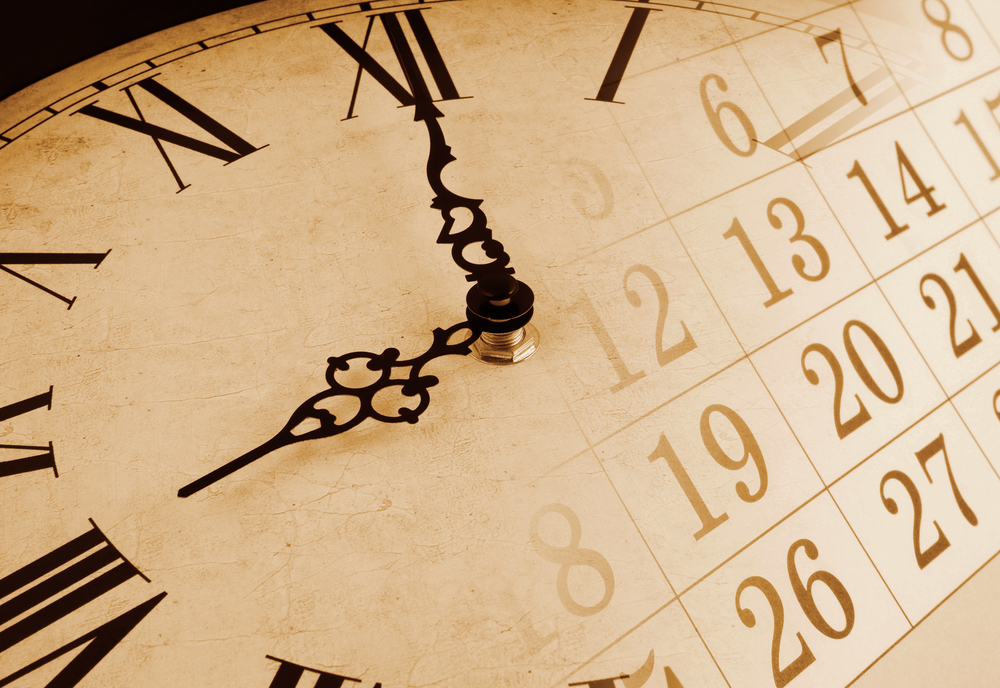Birthday cakes came out for the bull market last month. Traders celebrated the end of that terrible bear market in 2008. You probably remember that it pushed major market averages down more than 50%.
But that wasn’t the last bear market.
Many traders are using a simple definition for a bear market. They say that if the Dow Jones Industrial Average falls by 20%, we are in a bear market. That’s a little too simple.
With that definition, a 19.2% decline over six months isn’t a bear market. Neither is a 16% decline over 12 months. Those market declines happened. And, at least to me, those declines felt like bear markets.

To me, a bear market is a decline that has a significant impact on my wealth. This means that a large drop in a short period of time counts as a bear market. And a smaller drop over a long period of time also counts. Both cases hurt me financially. That might be the best definition of a bear market — a decline that hurts investors.
Researchers at Ned Davis Research formalized that definition. They say that a bear market is a 30% drop in the Dow after 50 calendar days, or a 13% decline after 145 calendar days. This makes sense. If investors lose 13% over 145 days, or about five months, they will feel like they are in a bear market.
The best definition of a bear market should consider how investors feel. Bear markets can make investors change the way they act. They invest less. Some may spend less.
Understanding that, it’s hard to argue that investors felt bullish after the Dow fell 19.2% in 2011. Or you may remember the pain of those sharp declines in August 2015 and the beginning of 2016. That felt like a bear market.
In 2016, that 16% decline might have changed the course of history. Sentiment became bearish. Voters felt that we were on the wrong track. They demanded change … and you know what happened.
We don’t see angry voters in bull markets. And my definition says we had a bear market ending in 2016.
Markets are complex, so it makes sense that we need complex ideas to understand them. A 20% decline is bad, but so is a 19.2% decline. Arguing that that’s not a bear market seems silly.
The definition of a 13% decline over five months captures the idea of a bad market better than the simple 20% rule.
With this 13% rule, we know that the bear market isn’t 8 years old. Instead of thinking we’re in the late stages of an old bull market, we now see that we’re in the early days of a young bull market … one that could see the Dow reach 50,000, or even higher.
Now is not the time to be scared. Now is the time to buy dips.
Regards,

Michael Carr, CMT
Editor, Peak Velocity Trader




